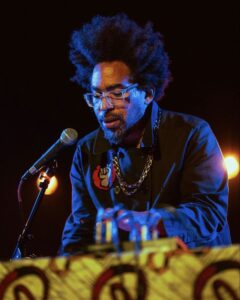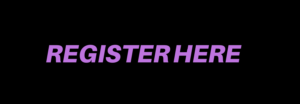Join us for an evening of “rehearsal” with Anna Martine Whitehead and Damon Locks !
Presented with Chicago Architecture Biennale, during Chicago Exhibition Weekend.
Locks and Whitehead will activate the basis of their friendship — rehearsal. They think there is something to learn about relationships, energy, and faith from dreaming new worlds together.
They’ll share with you what they think, and they’ll invite Nnaemeka Ekwelum into the conversation, and then they’ll see what you make of all that.

Image courtesy of DJ Schaller.
Anna Martine Whitehead is an artist, performer, educator, and freedom dreamer from Virginia. She teaches with Prison + Neighborhood Arts/Education Project and the School of the Art Institute of Chicago, and she makes work about black queer portals.

Image courtesy of Ricardo Adame
Damon Locks is a Chicago-based visual artist, educator, vocalist/musician. Since 2014 he has been working with the Prisons and Neighborhood Arts Project at Stateville Correctional Center teaching art. He is a recipient of the Helen Coburn Meier and Tim Meier Achievement Award in the Arts and the 2016 MAKER Grant. In 2019, he became a 3Arts Awardee. He teaches in the Sound Department on improvisation at The School of the Art Institute of Chicago. Damon leads the Black Monument Ensemble and is a founding member of the band The Eternals.




